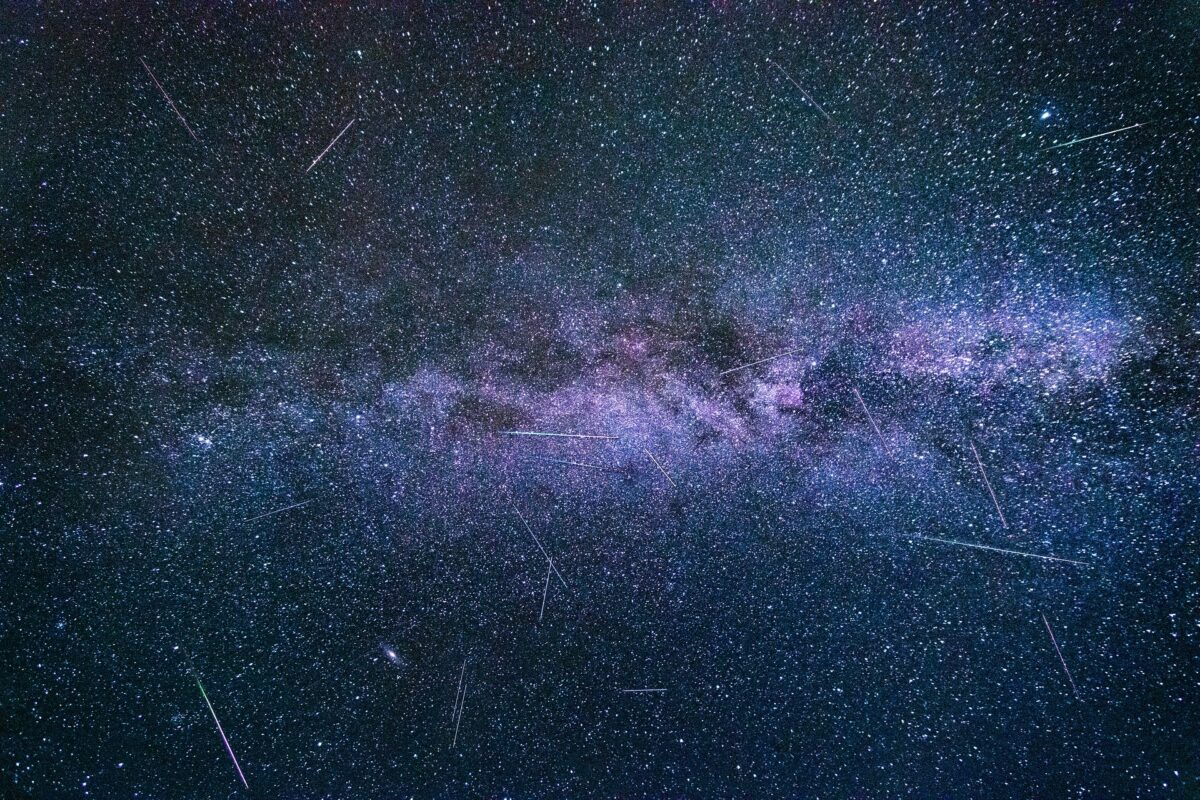At Aurora Labs, my passion for science and nature runs deep. While I’ve streamlined my tour packages to offer a more focused experience for my guests, I believe that knowledge should always be accessible. This activity is no longer offered as part of Aurora Labs tours, but I am proud to share its description as a legacy of my educational offerings. This post serves as an archive for one of my most unique legacy activity: “Cloud Spotting under the Midnight Sun”. I’m happy to keep the content here for anyone who wants to learn more about the fascinating world of cloudspotting.
Cloud Spotting Under the Midnight Sun
- Discover clouds from a different perspective
- Learn to name clouds and predict what weather they bring
- Discover the Midnight Sun scientifically
- If clouds permit, see the Sun and its sun spots with a telescope
- Have a snack and a drink right under the Midnight Sun
- Take beautiful pics of the Arctic wilderness in summer
Do this activity with me and you’ll just love clouds after that, I promise! Clouds are much more than just something that bring bad weather or that cover Auroral displays. They can be used to predict weather and there’s a whole science behind them. And when you see them illuminated by the Midnight Sun here in the Arctic, that’s even better! Discover clouds like you’ve never done before, learn to name them and to predict what weather they bring, and (scientifically) observe the Sun in all its beauty.
Do you find clouds bad messengers for nasty weather, or a cover that stops you from seeing the Northern Lights? I promise that you will rethink this, once you carry out this activity with me up here in the Arctic! Clouds are much more than that! And they’re just beautiful!
This activity is centred around clouds and the Midnight Sun. We’ll start by finding a nice spot where to lay down and look at the clouds, in the light of the Midnight Sun (a bit before midnight though!) To better understand these phenomena, we will carry out fun experiments. Then it’s time to learn to name the clouds, and to understand what these different cloud types mean and bring along.
If the weather permits, we’ll then focus ourselves a bit on the Sun, which is shining this period around the clock here in the Arctic summer. We will observe it with a telescope and we will try to decrypt its mysteries together! The Sun is a star, exactly like the other millions of stars out there, so why not look at it with a telescope*, too? We must, however, use a special filter (called a solar filter) to observe it, as it is so close to us. Never look at the Sun directly without using special protection!
We’ll then conclude the activity with some snacks and drinks right here in the wilderness, right under the Midnight Sun, and try to take some nice photos of the sky, right in the middle of the Arctic landscape.
- Period: From May 16 to July 27
- Start time: Evenings
- Departure from: Your accommodation in Varanger
- Duration: About 3h
- Nr. participants: Private group (1-4)
- Difficulty: Easy















